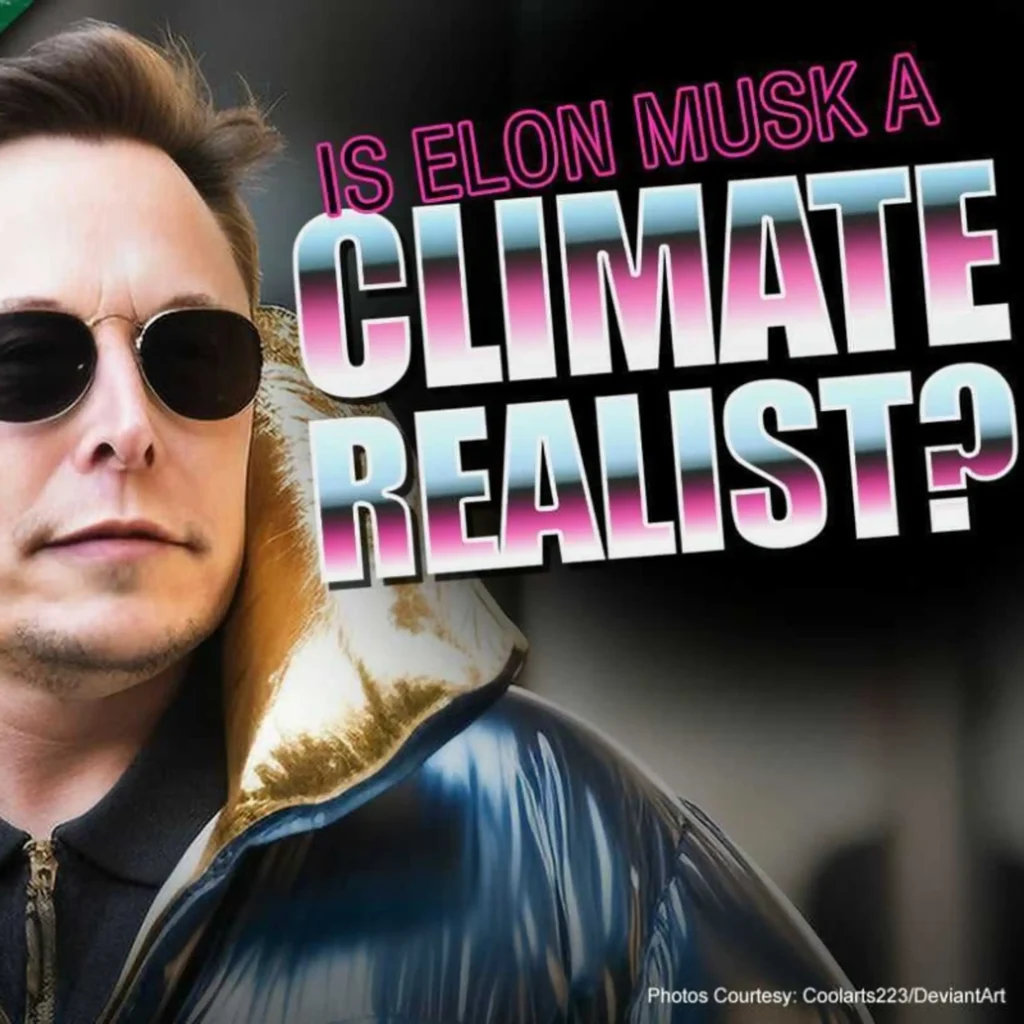Delivering a damaging blow to environmentalists’ support for laws requiring ethanol to be added to gasoline, a new study from researchers at Stanford University finds ethanol combustion likely causes more surface-level ozone, a key pollutant monitored by the U.S. Environmental Protection Agency, than does gasoline.
The researchers compared emissions from gasoline and E85, a blend of 15 percent gasoline and 85 percent ethanol advocated by government as a way to reduce fossil fuel use. They found combustion of E85 resulted in higher emissions of aldehydes, which are precursors to ozone.
‘Increase Is a Concern’
“What we found is that at the warmer temperatures, with E85, there is a slight increase in ozone compared to what gasoline would produce,” Diana Ginnebaugh, a doctoral candidate in civil and environmental engineering who worked on the study, said in a December 14 Science Daily press release. “But even a slight increase is a concern, especially in a place like Los Angeles, because you already have episodes of high ozone that you have to be concerned about, so you don’t want any increase.”
At colder temperatures the negative health impacts of E85 appear even more severe.
“We found a pretty substantial increase in ozone production from E85 at cold temperatures, relative to gasoline when emissions and atmospheric chemistry alone were considered,” said Ginnebaugh in the release. “If you switched to E85, suddenly you could have a place like Denver exceeding ozone health-effects limits and then they would have a health concern that they don’t have now.”
Consequences of Government Intervention
The findings of the study, released on December 14, illustrate the unintended consequences that often arise when government intervenes to address one perceived environment problem, only to cause environmental harm elsewhere. Ethanol goals, subsidies, and mandates are key components in many state programs for reducing greenhouse gas emissions.
Recent studies have suggested the production and combustion lifecycle of ethanol emit more greenhouse gases than does gasoline production. The new findings reinforce the case against government intervening in transportation fuel markets.
Feds Still Support Ethanol
The U.S. Environmental Protection Agency (EPA) on December 1 released a letter to biofuels advocates indicating support for raising to 15 percent the amount of ethanol allowed to be blended into and sold as conventional gasoline. The current limit is 10 percent.
Consumer advocates point out ethanol yields fewer miles per dollar spent on fuel, and equipment manufacturers argue the higher ethanol blend will harm engines and emissions control systems that have not been specifically designed to burn the higher ethanol blend.
The Energy Independence and Security Act of 2007 requires a 400 percent increase in the volume of renewable fuel blended into gasoline by 2022.
Nine billion gallons of renewable fuel–primarily ethanol–were blended into gasoline sold to consumers in 2008. To comply with the law, consumers will have to purchase 36 billion gallons of renewable fuel blended into gasoline by 2022.
James M. Taylor ([email protected]) is a senior fellow of The Heartland Institute and managing editor of Environment & Climate News.
For more information …
L. Bergeron: “Stanford Researchers: Ethanol results in higher ozone concentrations than gasoline,” Stanford University News, December 14, 2009: http://news.stanford.edu/news/2009/december14/ozone-ethanol-health-121409.html




